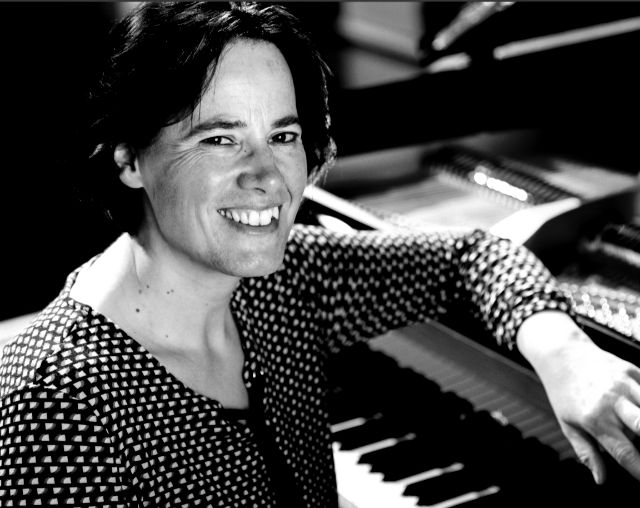…or: Why is there so much music about nature?
When I look at the works in our still quite young and growing publishing program, I notice that nature and all its facets play an important role for the creators.
Of course, this is not a new insight! But why is that?
The theme of nature has pervaded the compositional work of great musical personalities for centuries. Composers often captured their impressions while traveling and transformed them into music by hand, in a completely analogous way. In doing so, they created a kind of musical travel diary, which reflected their experiences on the road as they contemplated nature.
How intensive and time-consuming this work must have been in order to deal musically with landscapes, flora, fauna and the forces of nature. A special gift for observation, with all the senses, provided!
Just looking at how much piano literature there is with surtitled nature experiences – as a pianist, you could probably put together a wonderful, hour-long concert program from it.
E.G.: Daquin’s “Le Coucou”, Burgmüller’s “Gewitter”, Liszt’s “Waldesrauschen”, Debussy’s “Snow is dancing”, Ravel’s “Une Barque sur l’ocean”, Messiaen’s “Catalogue d’Oiseaux”, Copland’s “The Cat and the Mouse” and many more.
In the Romantic era in particular, people seemed to be fixated on experiencing nature, especially in a romanticized way.
In general, water plays a very important role in music, both on a large and small scale. Symphonic scorings such as in Debussy’s “La mer” depict the full force and power of the endless masses of water. While in Liszt’s “Au bord d’une Source” or in his “Les jeux d’eaux à la Villa d’Este”, the piano bubbles away in a sparkling and filigree manner, before flowing into full-bodied waves.
I think that this compositional work is more important than ever today, between all the digitalization, the hectic pace of everyday life and the constant stream of media.
It leads back to the awareness of a mindful approach to oneself and one’s environment, to the perception of the beauty of nature, to creativity through nature and to one’s own relaxation.
Of course, it is not only creators who benefit from this, but also people who make and learn music.
Netmusica’s product catalog shows me that the need to be close to nature, to perceive its phenomena and to express oneself musically in relation to them is a fundamental need.
It would be nice to pass this on to music learners and performers. Our nature needs this awareness more than urgently.
Perhaps we can all make a small contribution with music, including sheet music from Netmusica!
Yours, Iris Wirth-Halbherr

